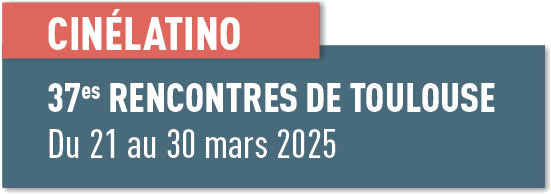Selection:
Director:
Country:
- Mexico
Format:
Type:
Foreseen cast:
Manuel Segovia, Isidro Velázquez, their respective families, and the inhabitants of Ayapa.
Script writer(s):
Synopsis:
Manuel Segovia (77) and his neighbor Isidro Velazquez (70) live in the town of Ayapa, deep in the tropical lowlands of southeastern Mexico. Surrounded by birds, rivers, swamps, and oil wells, their homes are at opposite ends of the main village square. They are the last known people to have Ayapaneco as their maternal tongue, and they refuse to speak to each other because of an enduring grudge between them.
The Ayapaneco language is on the verge of extinction. In spite of being neighbors, Manuel and Isidro are estranged and don’t talk to each other. No one knows how the grudge between the two men started, but the resulting silence threatens the survival of a language.
Manuel has worked his entire life on the fields as a crop farmer. He lives with his wife Concepción, confined to her bed since she suffered a domestic accident, and their two sons. One of them, also named Manuel, is constrained by his wheelchair to work at home, restoring religious images. In his spare time, the younger Manuel attempts to learn the Ayapaneco tongue. He understands some words, but lacks the necessary time to master the language.
Ever since Manuel was a young boy, the people of Ayapa grew increasingly embarrassed of their native tongue and slowly abandoned it. The few native speakers remaining have died, among them Manuel’s brother, with whom he spoke Ayapaneco as if it were their secret language.
Manuel is well aware that Ayapaneco is close to disappearing. He has tried to save his native tongue from extinction, but has encountered many obstacles. For instance, the parents of the children Manuel tries to teach ayapaneco have little interest in their sons learning the language of their people.
Isidro is known to friends and loved ones as “Chilo”. Isidro lives with his wife, children and grand children, working as a crop farmer. His family attests that many “gringos”, among other people, have come to Isidro to learn Ayapaneco. They promise him money but mostly fail to keep their word, so Isidro has grown suspicious of those interested in his native tongue.
Isidro cares very little of being one of the last remaining speakers of the Ayapaneco language. He believes it is impossible to save it from disappearing, as people are no longer interested in learning it. People are moving into the cities, away from country and leaving their customs behind.
The survival of a language and the heritage of the people of Ayapa depend on the willingness of two men to reconcile their differences and speak to each other again.
Visual concept:
We will work with digital canon HD cameras. The photography will resemble narrative films more so than traditional documentary imagery. We will employ long takes with wide open lenses and still shots of the tropical landscapes to create a contemplative vision of the beauty of the southeastern Mexican jungle. We will make still portraits of the subjects, make use of family portraits, and use camera movements to follow the subjects as they go about their everyday life. We intend to shoot at dawn and dusk as often as possible to endow the film with warm tones.
We will use a polarizing filter to draw out the blue hues of the open sky. The framing will be very precise, treating horizontal and vertical lines with care, making every element present in the frame an aesthetic choice. We will create landscapes that resemble those of classical painting. Nothing will seem to move until out of contemplation situations begin to appear.







